Once, long ago, houses were made with natural products. Wood, stone, clay, straw, straw and lime were the materials used to build. In the long time that followed we developed, demand grew and supply diversified, finding choices for everyone. Unfortunately, all this happened with the gradual abandonment of natural products and the sometimes excessive use of synthetic products. Lately, however, there has been a return to natural products. We are starting to think more about what we eat and what we wear, as well as what furniture we buy, how we make our homes and what we finish them with. Wood and brick, natural plaster, lime, oils and natural waxes are starting to reappear. Although it seemed impossible, we now find washable paint based on lime and vegetable glue. I would like to talk to you about such natural products.
What is natural, organic or ecological
Many times I have heard people say that they used eco-friendly products to paint furniture or other items because those products were water-based. You need to know that water-based does not necessarily mean eco-friendly. There are water-based products that are appreciated because they do not emit volatile organic compounds (VOCs) which is very good for the environment. In addition, there is no danger of fire due to their flammability.
This does not mean that they cannot also contain less healthy compounds. To be sure that the product does not contain dangerous substances it must be certified "eco" or "bio". The manufacturer must be as transparent as possible about the raw materials used, their source and the composition of the finished product. These requirements apply regardless of whether the product is food, washable paints or plasters.
As far as the 'label' of natural is concerned, this means that the product or the raw materials from which it is made are found in nature, not created by man through a chemical process. If the material in question undergoes processes such as bleaching or bleaching, these are also done using natural products and the process must not result in substances that endanger human health.
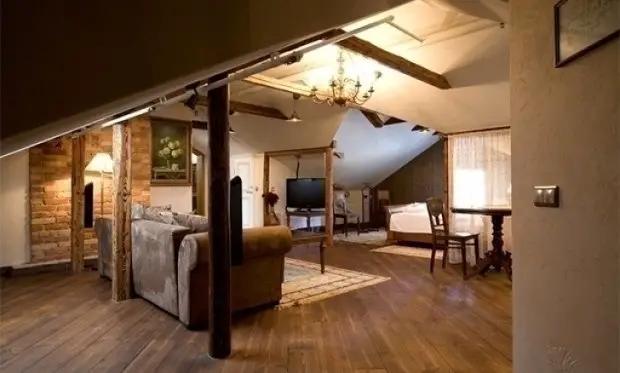
Why natural? What are the benefits of choosing natural finishes for homes?
I am one of those who spent the holidays in the country and I remember the "smell" of the cleaning done before Easter, when the whole village was buzzing. It was a great shame not to varnish the whole house, not to bind the floor (where there was no floorboard), not to beat the carpets or not to renew the house's bristle by painting it with pitch dissolved in gas. The women would rob the house and the men would clean the garden of weeds, plough or dig up the yard and prune the trunks of fruit trees.
Our grandparents knew that vining trees protected them against insect attack. The tar on the outside wall of the house, at the base, protected the house from the dampness of the rains and possible infiltration. Clay and lime let the house "breathe", allowing moisture transfer as we would say now. There was no condensation or mould. It was very good for your health, no breathing problems or allergies.
This is what those who use natural products to finish or insulate their walls are now looking for. Modern products may perform better (not always), but can sometimes harm more sensitive people who suffer from asthma or various allergies. A finish with clay-based plaster and lime-based paint will let the wall exchange moisture naturally and condensation will not occur. For a house on wooden structure this is very important because moisture can lead to wood rot and weakening of the construction. And the mould that can occur is a nuisance in any house, be it wooden, brick or concrete.
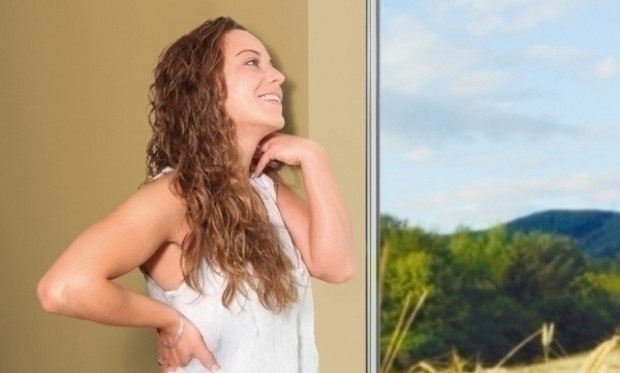
Natural plasters
One plaster that's coming back into focus for builders is clay-based plaster. And we shouldn't be surprised because clay may be considered the oldest building material in the world. Clay plaster regulates the humidity in rooms where it is applied, with the permanent relative humidity remaining constant at around 45-55 %.
But it's not the only natural plaster that can be used. Lime-based plaster or lime plaster are also healthy for the home. For more porous surfaces, products based on sodium silicate (a natural product from which glass is made) can be used. These work as a primer while reducing deep absorption.
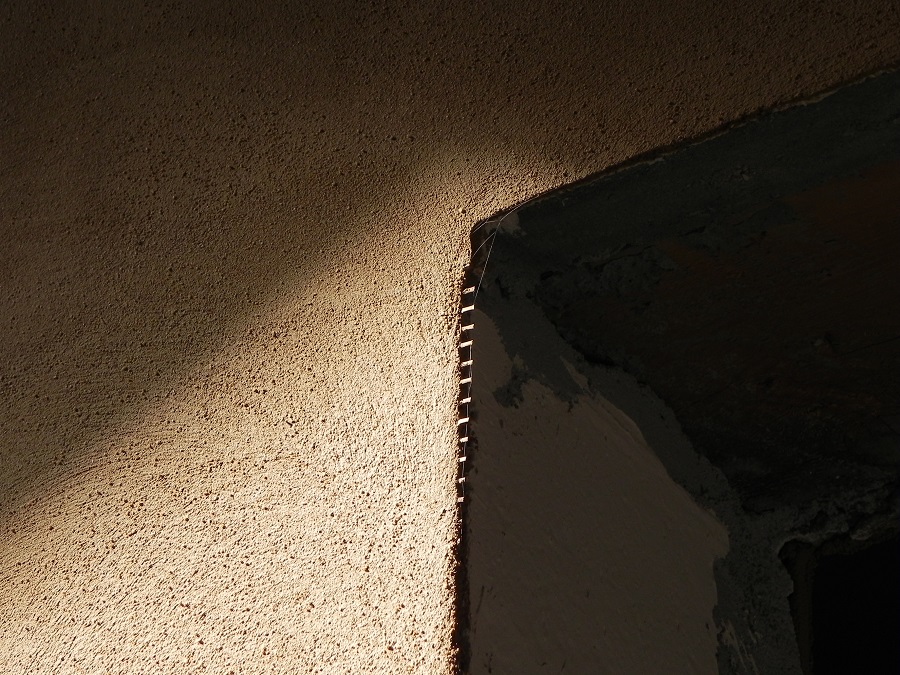
All these materials are produced by companies that guarantee their quality and the fact that they are only natural products. Mixtures of several natural products are tried so that the performance of the products increases. This has resulted in some natural products performing as well as or better than synthetic ones.
Also natural is Tadelakt, traditional Moroccan plaster used for decorating palaces and traditional oriental baths which I told you about on another occasion. The special treatment method that produces waterproof, highly moisture-resistant surfaces has remained unchanged for hundreds of years and has been handed down from generation to generation.
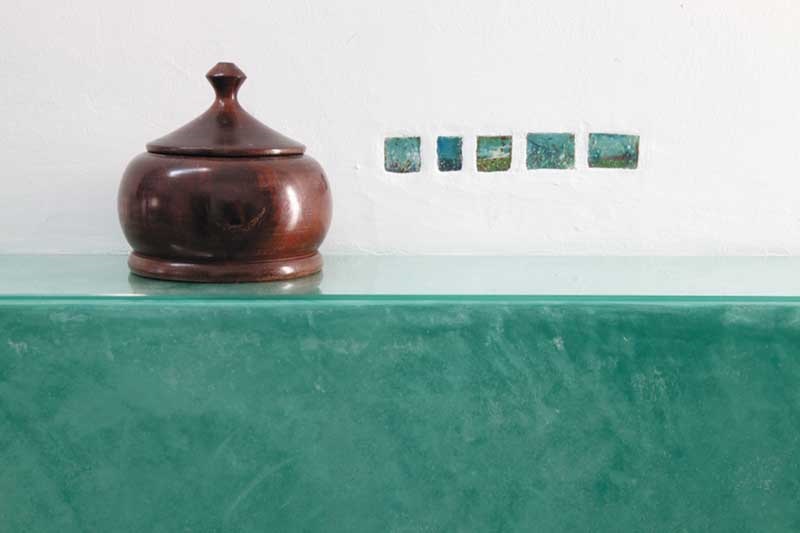
A natural wall paint with very good adhesion
I said at one point that it is possible for natural materials to outperform synthetics. This is the case with the special GekkkoSol paint produced by the German company Kreidezeit. I found it at Naturalpaint and the name caught my eye. At first I thought it was a mistake, but the "mistake" kept repeating itself. That's how I found out that the name was inspired by a... lizard. The Gecko, also known as the sticky lizard, can climb any surface, climb walls, and sit on the ceiling with no problem.
Similar to lizard, the paint adheres to any surface and can be used where other paints have failed. Coats mineral plasters, plaster-based plasters, lime and cement mortars, old oil paints or dispersion or washable paints, plasterboard, concrete or wood.
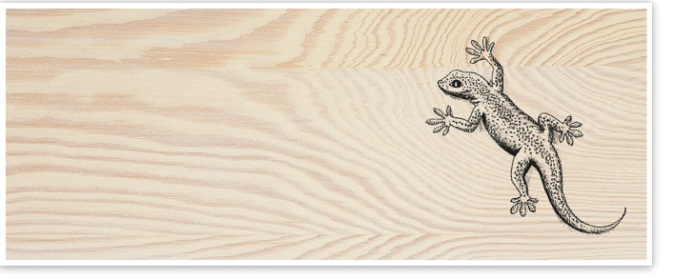
Other types of natural paints
GekkkoSol is not the only natural paint in the Naturalpaint portfolio. There are also others, based on lime or clay. They also contain other materials that give them different properties. For example, plant glue - cellulose (vegetable glue paintMarble flour is used for a whiter colour (lime paintUse kaolin, chalk or talc without asbestos for a larger body and smoother appearance (clay paint).
Mineral pigments, earths as they are called, which do not contain heavy metals, are used to colour clay paints. There are also natural dyes that contain such metals, because there are substances in nature that can do harm. Dyes containing heavy metals (e.g. lead) have not been used in the production of synthetic paints for many years, as the European Community has banned their use. This is why some colours are very expensive, as the raw materials from which they are made are hard to find in nature or even harder to manufacture in the case of synthetic colours.
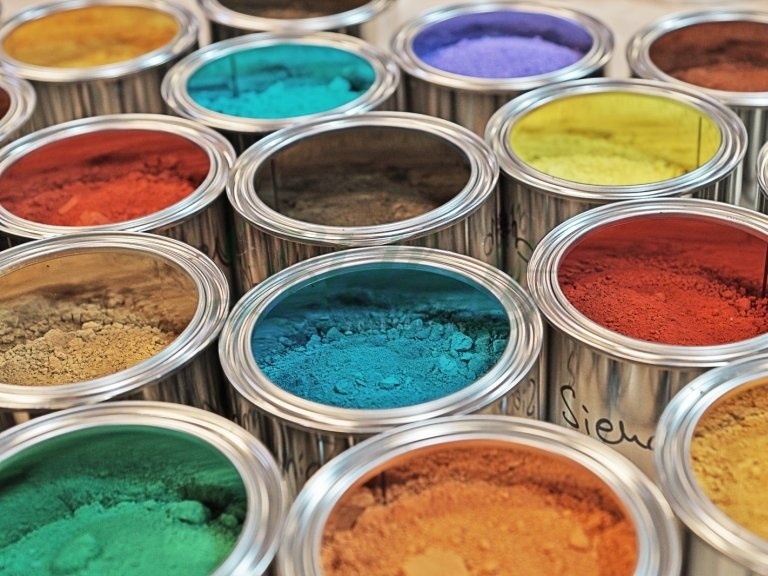
Natural products for the home
Naturalpaint set out a few years ago to re-invent us to use natural products. It wasn't easy, but he persevered despite the reluctance and inertia he encountered at first. About thermal or sound insulation based on hemp, sheep's wool, jute, or wood fibres, which do not cause allergies or respiratory problems either during assembly or operation, I have told you on several occasions. They also have oils or skies natural wood for finishing floors or children's furniture and toys.
What is encouraging is that, in addition to people choosing to build or renovate their homes or apartments with natural products, there are also companies that are increasingly using such products. Manufacturers of wheelhouses Tiny Wunder House if Eco Tiny House or Dippanels, the manufacturer of solid wood steps and worktops, are just a few examples. For the sake of our health, we want their numbers to grow.
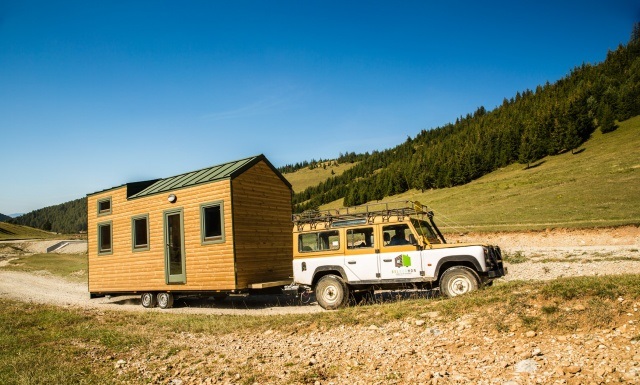
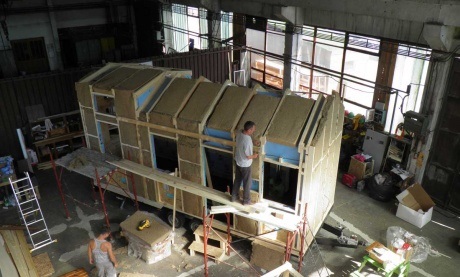
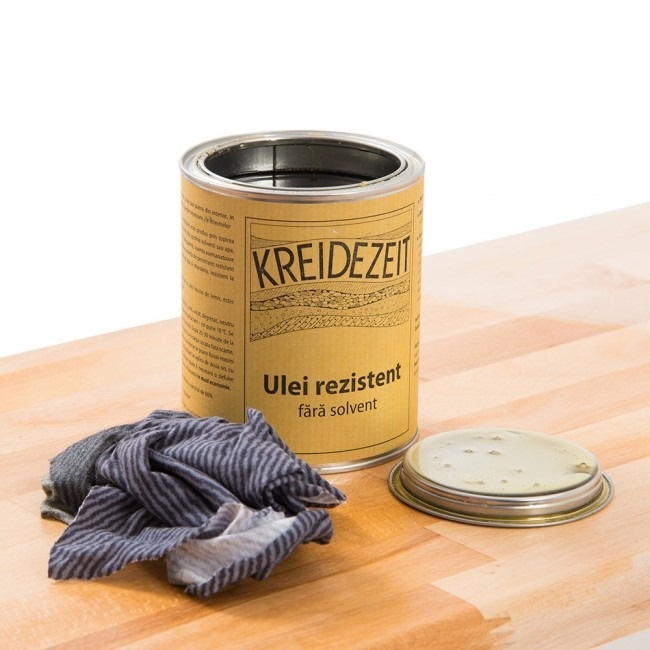





















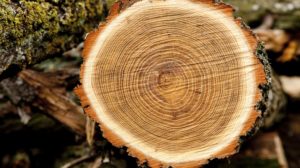
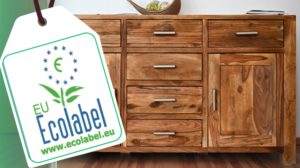







Hello,
I have a house that was built 10 years ago out of wooden bars.
The exterior remained wood that I oiled.
Extreme rainfall/UV rays are still a problem for me and I want to insulate/storm the outside of the house.
I like natural materials and I know very well that I can't cover wood with any product, I'm looking for a technical solution and I can't find it.
Initially I said I would coat the house with exterior Basaltic Vata ( 5 cm ) and plaster with something lime/silicate based...but I don't think that's good for wood.
Can anyone help me with some professional advice?
Thanks in advance,
Dragos
Hello!
My opinion is that you should still resort to natural solutions. The house can be insulated with wood fibre panels that can be plastered and painted with any kind of material, natural or synthetic. The panels are mounted on wooden or metal structures so that the wood is protected. Lime or clay plaster can be used as natural plaster and lime paint can be used.
Such materials can be purchased from Naturalpaint (0745071724 - Florin Voșloban). You can also discuss with them the most suitable solution for your home.
Good luck!